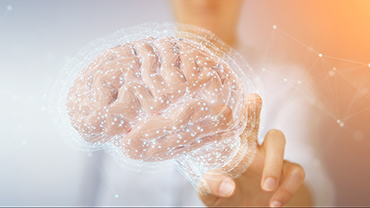Brainspotting (BSP)
What does a brainspotting session look like?
Much of brainspotting is self-directed, but your therapist will be guiding you through the whole way. You will start by talking a little bit about the issue that brought you to therapy. Your therapist will ask you where you notice discomfort or tension ins your body as you are talking about the issue. You will rank the discomfort or tension on a scale from one to 10, with 10 being the most.
Your therapist will then help you find your brainspot by guiding your eyes with a pointer or finger to where your eyes naturally focus when the physical discomfort is at its strongest. They will help you identify the spot where you are becoming stuck and need to work on. As you stick with this one area of the body, you and your therapist will hone in on the feelings that come up. You will take time to process the experience of what comes up and what it means to you.
After the session, you will rate your distress level again. Typically, it will be lower than when you started. More difficult feelings may surface after the session and you may feel exhausted or more emotional than usual. This is normal and part of the brainspotting process. If your feelings are too much to handle, be sure to reach out to your therapist for help.
What can brainspotting help with?
Although brainspotting primarily focuses on alleviating trauma, it can be used to help with a variety of other mental health conditions. Some examples include:
After a few brainspotting sessions, many people notice a reduction in pain and painful memories. Negative thought patterns reduce, and the individual typically sleeps better and has more energy.
If you are interested in trying brainspotting for trauma healing or another condition, call the Living Well Counseling Center office in Tinton Falls, New Jersey today to make an appointment. You can also send us a message on the contact page of our website.


